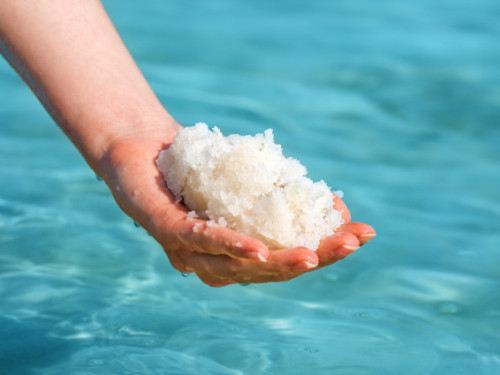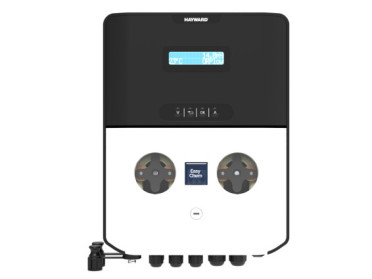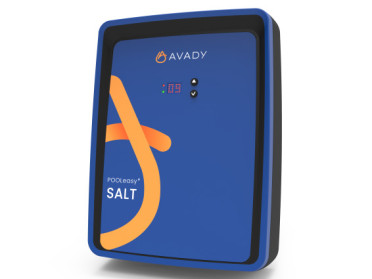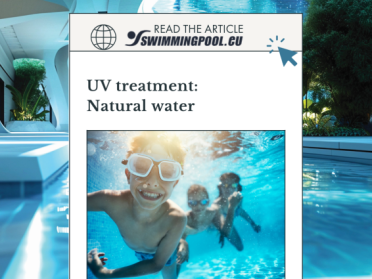
"Low Salt" Electrolysis in Pools: The Revolution in Water Treatment
Category : Improve
Water treatment for swimming pools and spas is essential to maintain water quality, ensure swimmer safety, and preserve pool equipment.
Water treatment for swimming pools and spas is essential to maintain water quality, ensure swimmer safety, and preserve pool equipment. For years, traditional electrolysis systems based on sodium chloride (common salt) have proven effective in generating chlorine for sanitization. However, technological advances in the industry have introduced a new solution: "low salt" (low salinity) electrolysis systems. This article explores how these systems work, their advantages, and their practical application in pool water treatment.
What Is "Low Salt" Electrolysis?
Electrolysis is an electrochemical process that uses electricity to break down salt molecules and generate chlorine, which acts as a disinfectant in pool water. In traditional electrolysis systems, the salt concentration in the water used to be relatively high, generally above 3,000 ppm (parts per million).
"Low salt" systems innovate by operating with much lower salt levels, typically between 1,000 and 2,000 ppm. This means the system uses less salt but can still produce chlorine efficiently.
How Does "Low Salt" Electrolysis Work?
"Low salt" electrolysis follows the same basic principles as traditional systems but uses more advanced materials and technologies like:
- Enhanced electrolysis cells: Equipped with special coatings to increase efficiency in chlorine generation, even at reduced salt concentrations.
- Advanced electronics: Modern systems integrated with smart modules that automatically adjust the chlorine generation process based on water parameters.
- Control algorithms: Improved monitoring to ensure that even at lower salinity levels, water remains safe and sanitized.
Advantages of "Low Salt" Systems
Adopting low salinity electrolysis systems provides several benefits for pool owners and the environment:
- Reduced Corrosion
One significant advantage of "low salt" systems is the reduced salt levels, which minimize corrosive effects on pool components such as heaters, pumps, and accessories. - Increased Comfort
The lower salt concentration makes the water less harsh on swimmers' skin and eyes, providing a more comfortable environment. - Savings on Supplies
With less salt necessary, costs associated with salt purchase and maintenance decrease, benefiting pool owners in the long term. - Environmental Efficiency
Using less salt reduces environmental impact, especially when disposing of pool water that may contain high salt concentrations. - Easy Integration
Many "low salt" systems are easy to adapt to existing pools, using standard connections and requiring only minor alterations to current setups.
Considerations and Maintenance
"Low salt" electrolysis systems require regular maintenance to ensure optimal performance. Recommended practices include:
- Monitoring salinity: Ensuring salt levels are within the range recommended by the manufacturer.
- Cleaning electrolysis cells: Salt deposits can reduce system efficiency.
- Regular water quality tests: Checking chlorine, pH, and alkalinity levels to maintain proper chemical balance.
"Low salt" electrolysis systems represent a significant advancement in pool water treatment, combining efficiency with lower environmental impact and greater user comfort. By leveraging modern technologies and improved materials, these systems are becoming a popular choice among residential and commercial pool owners. For those seeking innovation and sustainability, "low salt" systems offer a promising solution for keeping pool facilities clean and safe.
Related Products
More Maintenance Tips

Maintenance
The Advantages of Using Automatic Dosing for Pool Chemicals
Maintaining a swimming pool involves balancing various chemicals to ensure the water is safe, clean, and enjoyable. Automatic dosing systems have revolutionized pool maintenance by providing precise and consistent chemical management.




